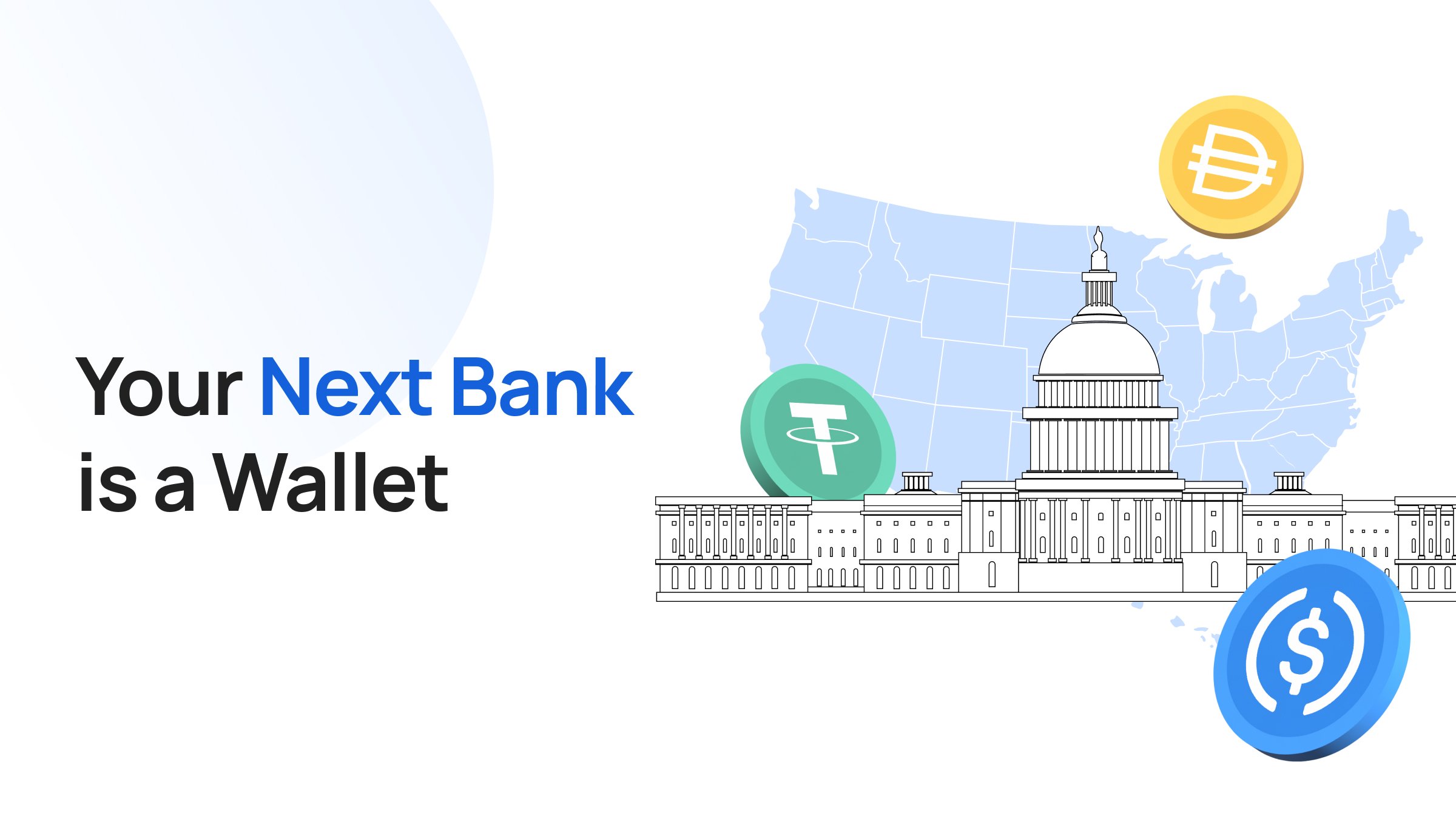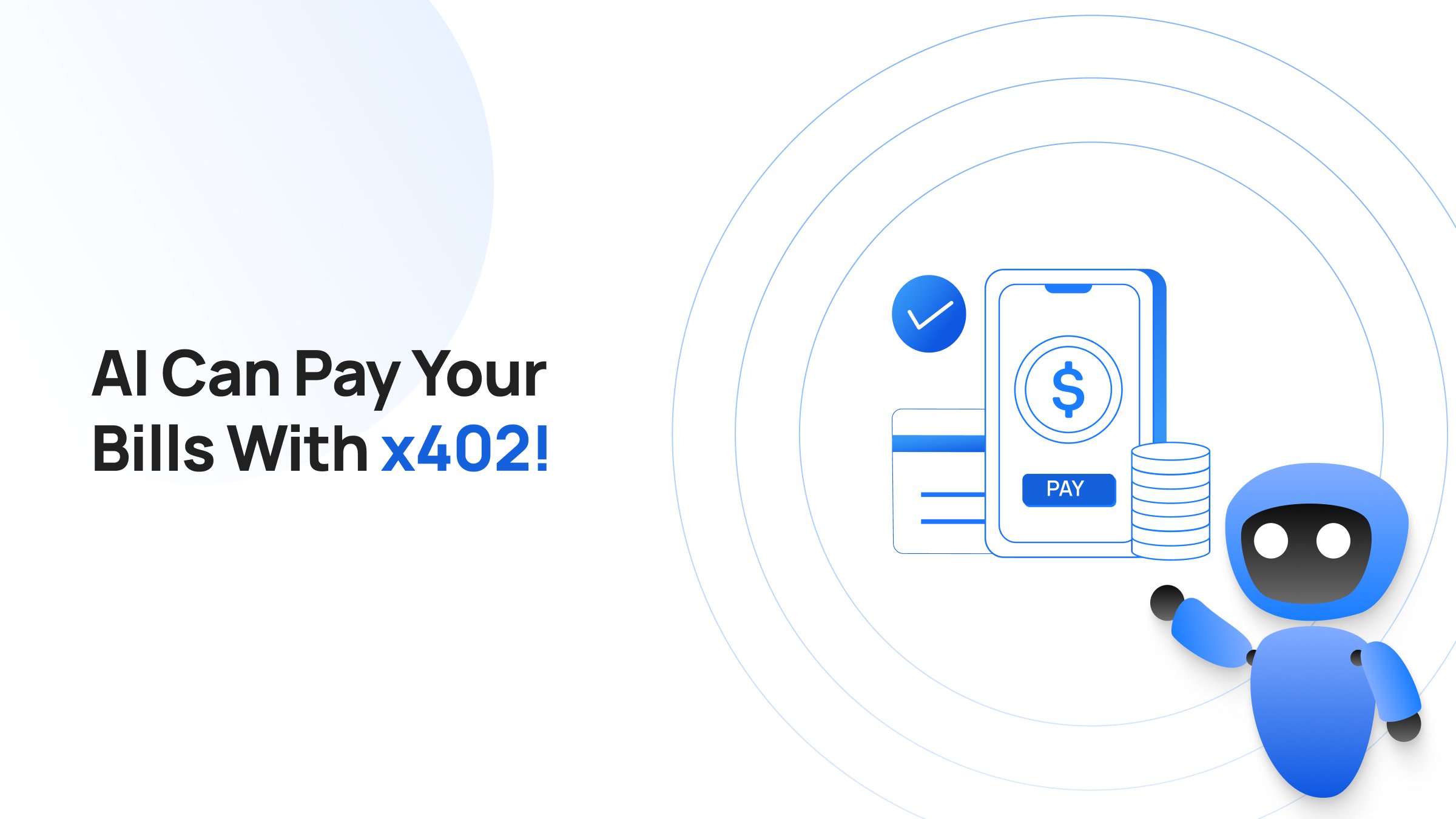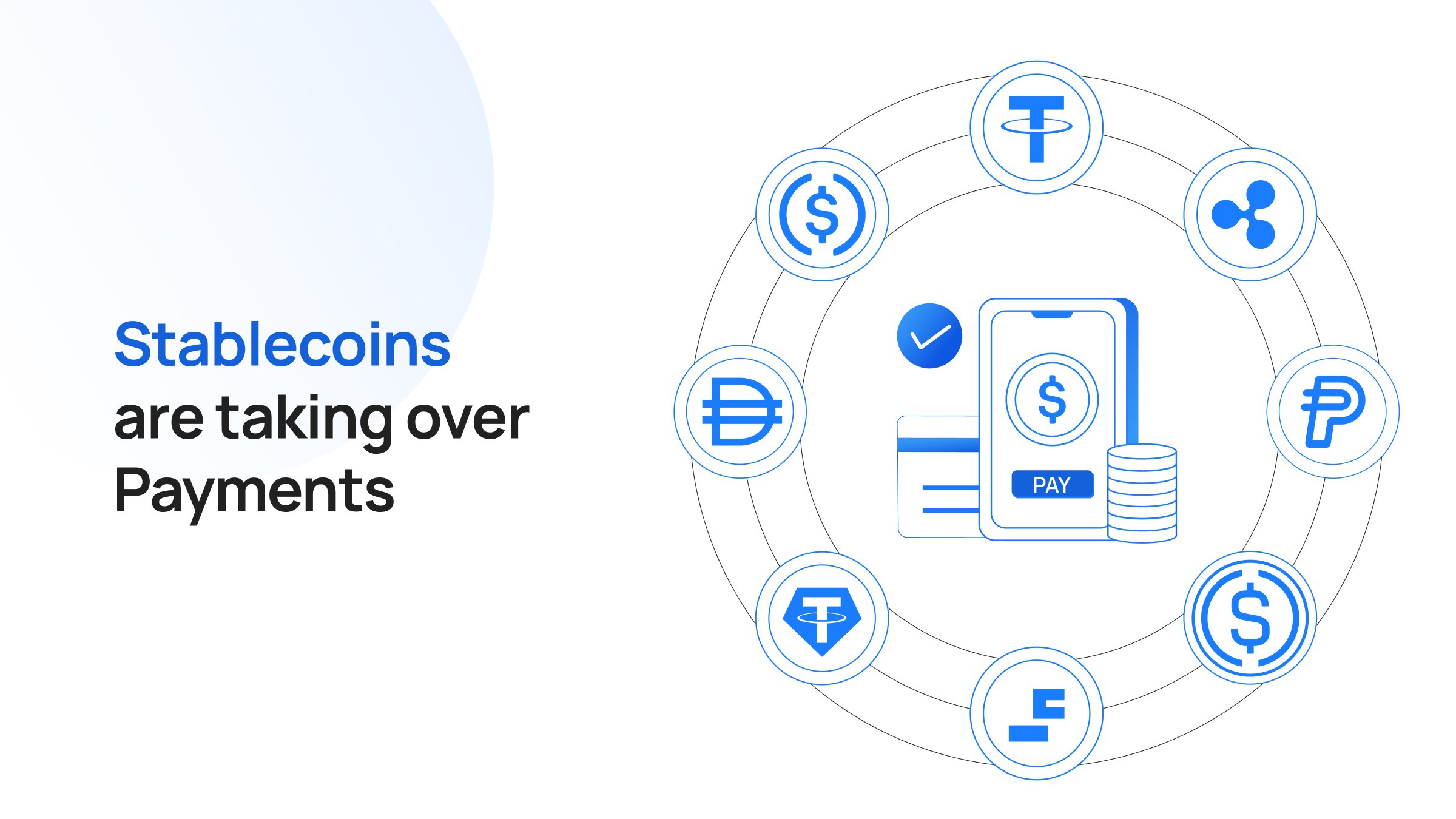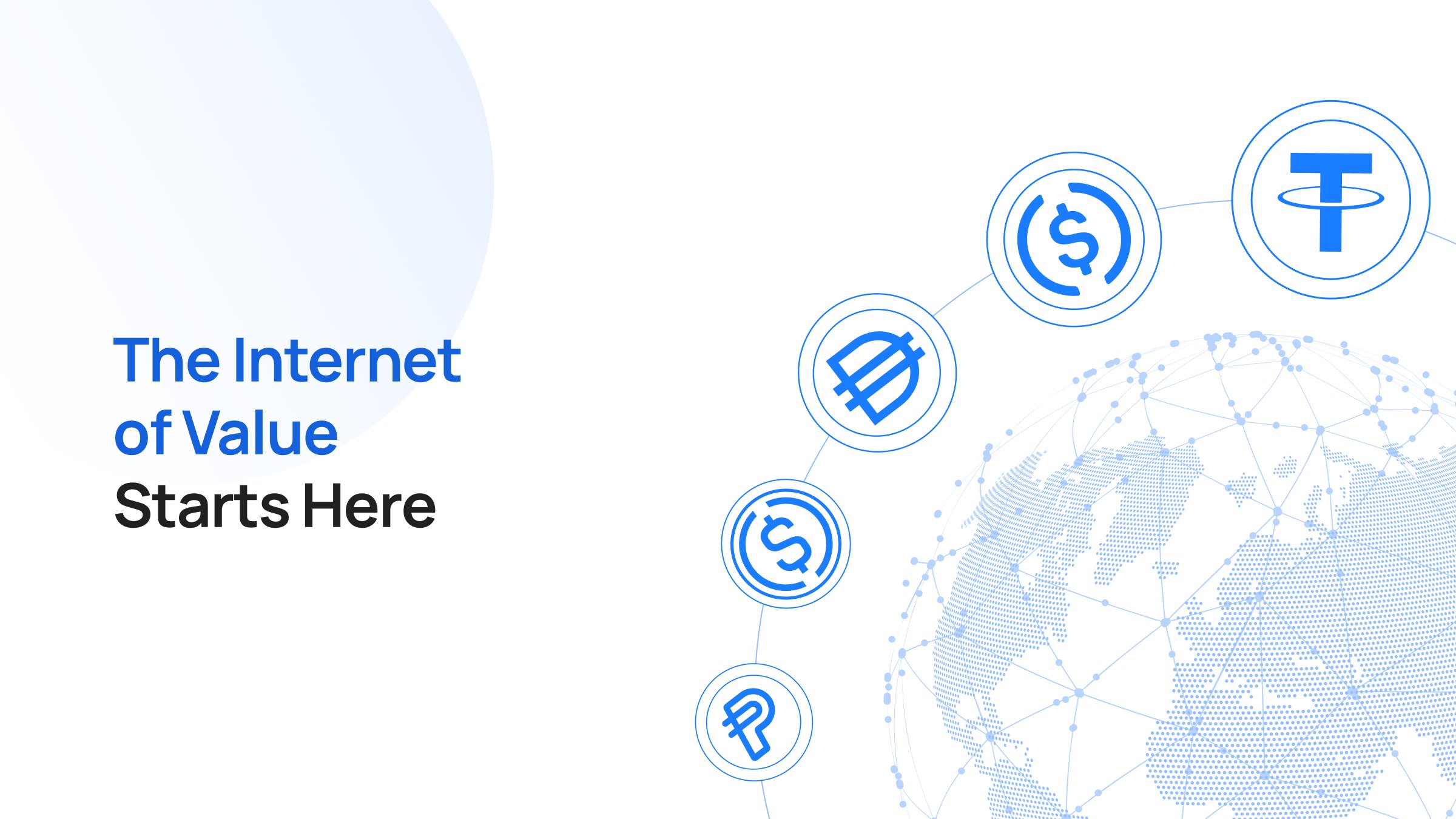Banks used to be where you stored money, got paid, and earned interest. Today, wallets are serving as pseudo banks-on-the-go. Powered by stablecoin rails, they now manage payments, savings, and global transfers with a speed and efficiency that banks can’t match.
Today, the ~$300 billion stablecoin market (as of October 2025) provides financial plumbing for transactions worth trillions. Stablecoins settle instantly, cost a fraction of traditional transfers, and can be accessed globally through a simple wallet.
The bank-to-wallet shift is incoming. But how far are we from the transition? Let’s discuss.
The Journey of Stablecoins: From Speculative Asset To Global Money
The case for stablecoins is simple. When money moves instantly across borders without reconciliation hurdles, it no longer acts as a speculative asset and instead works as an operational tool.
Stablecoins are programmable infrastructure on which wallets are evolving into banks:
- McKinsey calls tokenized cash, i.e., stablecoins, a “credible next-gen payments rail” for corporates and treasuries. What was once a niche sector notorious for its volatility and speculative profits, now, is reshaping liquidity and settlement design, and driving financial inclusion in emerging markets.
- The Bank of International Settlements report discusses how tokenisation (of money and other assets) can improve payment systems, cross-border transactions, and the “financial plumbing.”
- Central banks and private sector actors are exploring models where different forms of money (CBDC, tokenised deposits, stablecoins) coexist on shared infrastructures, and banks can benefit from unified ledgers, faster settlement, and atomic transfers.
- Stablecoins are increasingly getting attention for their role in financial inclusion (particularly in markets where access to traditional banking is limited but mobile penetration is high). A wallet with stablecoins becomes, effectively, a savings account and a payments app rolled into one.
Wallets as Banks: Core Functions
“Crypto wallets” in their simplest form are purely custodial or noncustodial vaults for assets. But over time they are layering in more banking-style features.
Feature |
Traditional bank role |
Crypto + stablecoin equivalent |
|
Store value / deposits |
Users deposit fiat currency (USD, EUR, etc) in accounts |
Users hold stablecoins (e.g. USDC, USDT) in wallets as “digital cash” |
|
Payments / transfers |
Interbank networks (ACH, SWIFT, domestic rails) |
Stablecoin payment rails allow direct transfers on blockchain between wallets (instant, always on) |
|
On-ramping / off-ramping |
Banks provide conversion between fiat and digital via deposits/withdrawals |
Wallet services integrate fiat ↔ stablecoin bridges (via exchanges, payment processors) |
|
Interest / yield / lending |
Banks lend out deposit funds and pay some interest to depositors |
Some wallets / DeFi protocols lend or stake stablecoin holdings, or rent out capital |
|
Money management / embedded finance |
Banks embed payments, payroll, transfers into their ecosystems |
Wallets + fintechs embed stablecoin rails into nonbank services (apps, platforms) |
Essentially, wallets now deliver the same core services that banks once monopolized, only faster and cheaper. In fact, startups are paying global teams in USDC or USDT, cutting remittance costs from ~7% down to almost zero. Wallets handle invoices, batch payouts, and receipts, just like bank portals.
Use Cases Where Wallets Are Already Replacing Banks
While the idea of wallets replacing banks may sound futuristic, it’s already happening in specific, practical scenarios. From remittances to payroll, wallets powered by stablecoins are stepping in where banks are slow, costly, or inaccessible. Here are some of the clearest examples.
1. Cross-Border Remittances
For migrant workers, sending money home is often expensive and slow. A bank wire can take days and swallow 5–7% in fees. With wallets and stablecoins, the process is nearly instant and costs just cents. In markets like Nigeria, the Philippines, and Argentina, families already receive stablecoin transfers directly into their wallets, skipping banks altogether.
Also Read: Stablecoin Remittances: The Next Frontier In Fintech
2. Payroll for Global Teams
Startups and DAOs with employees across countries are using wallets to pay salaries in stablecoins. Instead of opening local bank accounts in each market, they just transfer USDC or USDT into team members’ wallets, where employees can either spend directly or convert locally. This is already common in Web3 companies, but it’s spreading to traditional businesses with distributed teams.
3. Merchant Payments
In regions where card acceptance is poor or banking fees are high, merchants are turning to wallets. Stablecoin payments clear instantly, don’t require expensive card terminals, and avoid chargeback risks. Wallets like Trust Wallet or Phantom are enabling merchant integrations that act much like bank payment gateways.
4. Savings & Yield
In high-inflation economies, local banks don’t offer meaningful savings products. Stablecoin wallets give people access to dollar-denominated savings and sometimes yield-bearing opportunities through integrations with DeFi protocols. For someone in Turkey or Argentina, a USDC wallet effectively serves as a savings account that preserves value better than the local bank.
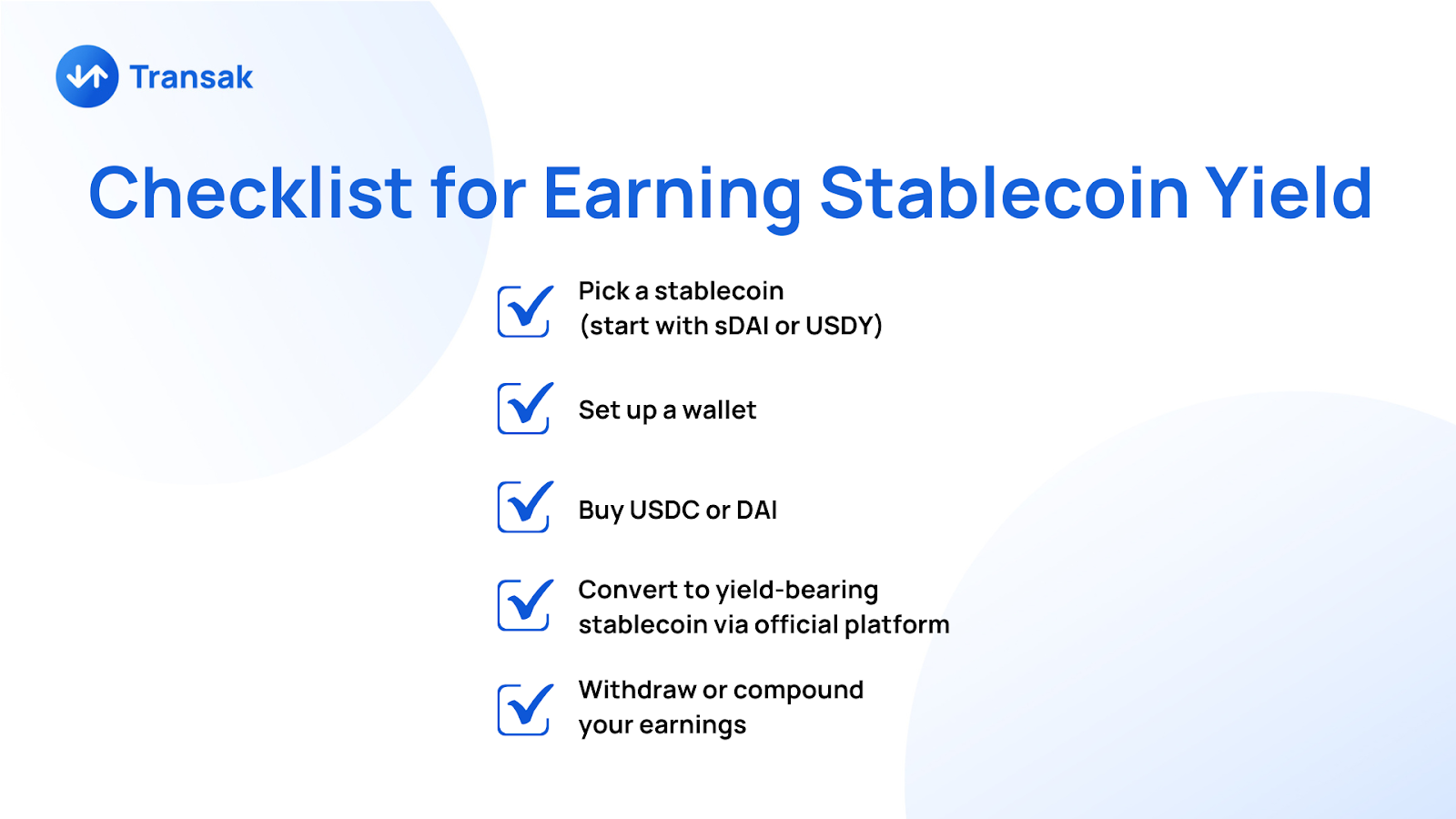
5. Micropayments & Streaming Money
Banks aren’t designed for fractions of a cent or real-time payroll. Wallets running on stablecoin rails make this possible. A freelancer could get paid by the minute, or a content creator could receive micro-tips instantly from global audiences. This is a function banks have never been able to provide.
6. Unbanked & Underbanked Populations
More than a billion people worldwide lack access to a bank account. For many, all that’s needed to join the financial system is a smartphone and a wallet app. With stablecoins, they can store value, send payments, and transact globally, bypassing barriers like paperwork, minimum balances, or local banking monopolies.
7. Corporate Treasury & Settlements
Even at the enterprise level, wallets are being used for settlements. Companies that need to pay suppliers abroad can use stablecoin rails to settle instantly without tying up capital in pre-funded accounts. Some CFOs now treat wallets as parallel treasury systems, especially for international operations.
The “Deposit Flight” Debate
The rise of stablecoins (and supporting crypto wallets) have many banks worried. Banks depend on deposits. The money customers keep in checking and savings accounts provides cheap funding that banks use to make loans. If people and businesses start moving large balances into stablecoins, banks fear their deposit base could shrink.
This concern has become more vocal as stablecoins grow. At nearly $300 billion in market cap, they are no longer a niche asset. Banks worry about:
- Deposit erosion: less money left in the banking system.
- Lost fee revenue: fewer wires, remittances, and payment transactions running through their networks.
- Credit constraints: lower deposits could mean less lending capacity.
Some even frame stablecoins as a systemic risk, suggesting they might destabilize traditional financial models if adoption accelerates.
Coinbase, one of the largest publicly listed crypto companies, completely rejects this narrative and calls “deposit erosion” a myth. Their argument is simple:
- There’s no evidence that stablecoins are pulling deposits away from banks in a meaningful way.
- Most stablecoin usage is global or cross-border, targeting markets where banks are slow or expensive.
- If banks were truly worried about losing deposits, they could raise interest rates to keep customers.
In Coinbase’s view, stablecoins don’t compete with banks’ core business. Instead, they complement it by filling gaps by making international transfers easier, giving businesses 24/7 payment rails, and creating programmable money tools that banks themselves haven’t built.
Building for the Stablecoin Era with Transak
As wallets take on more bank-like roles, the real challenge is not just storing or sending stablecoins, but making them accessible to anyone, anywhere. This is what Transak empowers wallets with.
Also Read: How Transak Abstracts the Messy Middle of Stablecoin Payments
By offering global on-ramps and off-ramps, Transak allows wallets to connect seamlessly with the traditional financial system. With Transak integrated in the wallet, users can buy USDC with a credit card in one country, send it instantly across borders, and have it converted back into local currency on the other side.
As wallets evolve into the financial hubs of the stablecoin era, Transak is the bridge that makes them practical, compliant, and truly global.
Integrate Now

